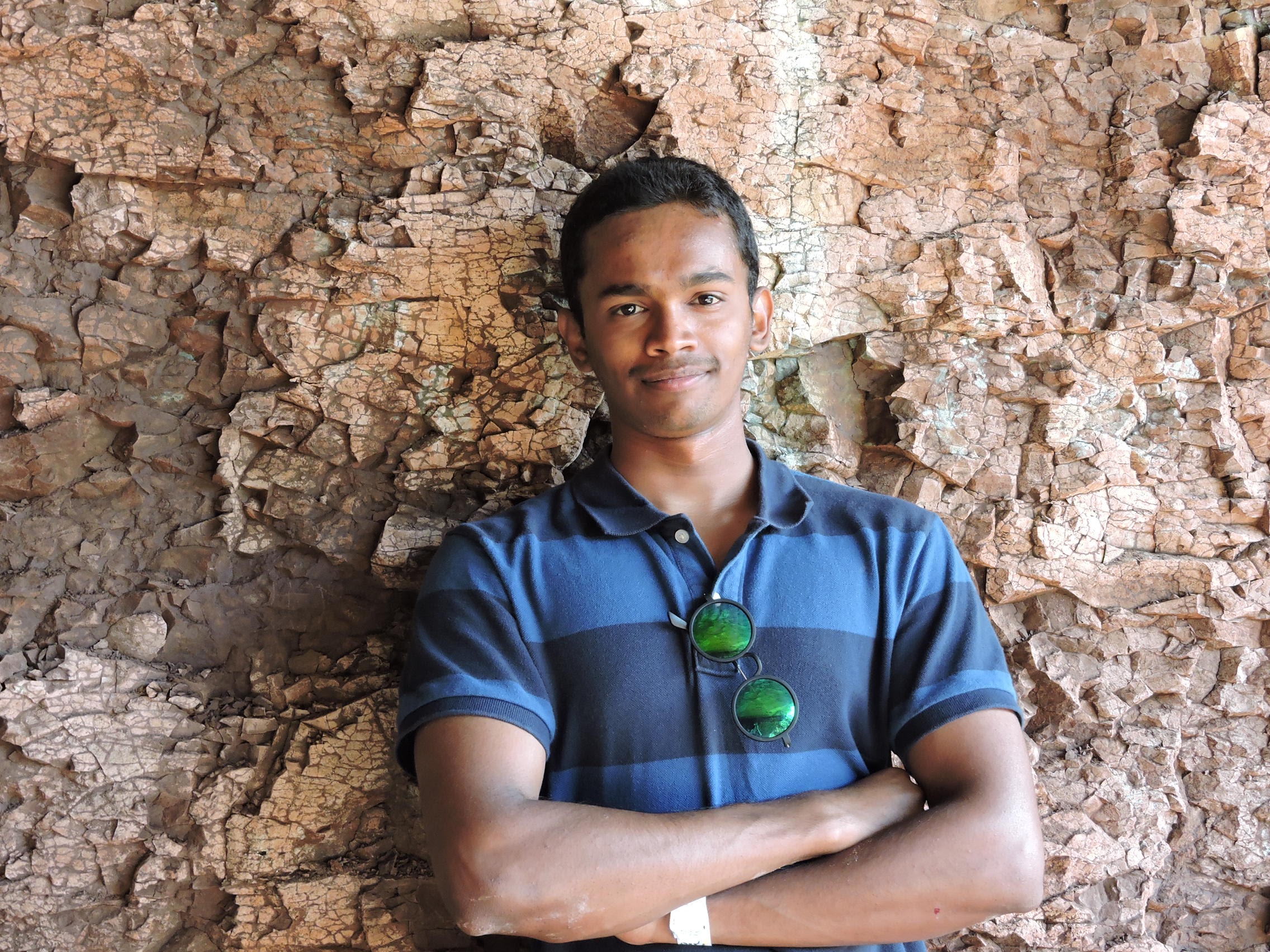Cited By
View all- Chidambaram SWilliams ABai MVirk SHaffner PLease MLi E(2024)Annorama: Enabling Immersive At-Desk Annotation Experiences in Virtual Reality with 3D Point Cloud DioramasProceedings of the 2024 ACM Symposium on Spatial User Interaction10.1145/3677386.3682081(1-13)Online publication date: 7-Oct-2024
- Liao JVan KXia ZSuzuki R(2024)RealityEffects: Augmenting 3D Volumetric Videos with Object-Centric Annotation and Dynamic Visual EffectsProceedings of the 2024 ACM Designing Interactive Systems Conference10.1145/3643834.3661631(1248-1261)Online publication date: 1-Jul-2024
- Stemasov EDemharter SRädler MGugenheimer JRukzio E(2024)pARam: Leveraging Parametric Design in Extended Reality to Support the Personalization of Artifacts for Personal FabricationProceedings of the CHI Conference on Human Factors in Computing Systems10.1145/3613904.3642083(1-22)Online publication date: 11-May-2024
- Show More Cited By


